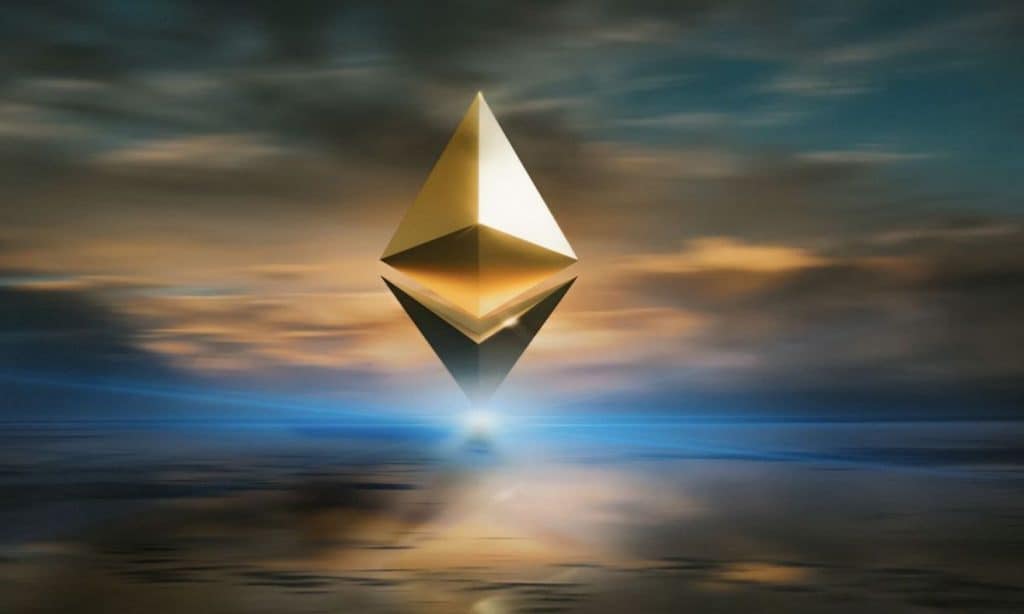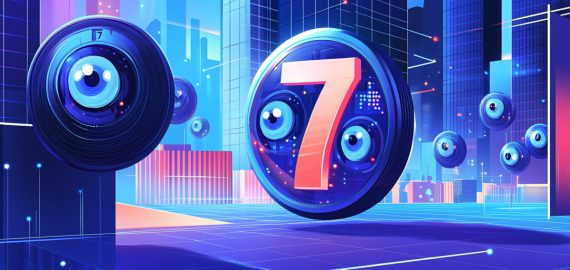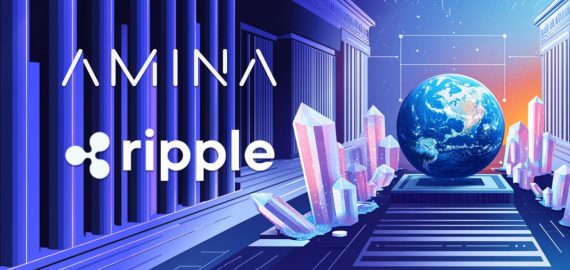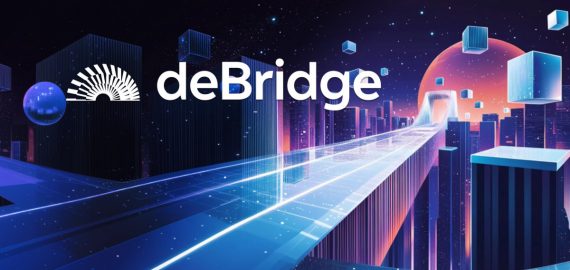Understanding ETH’s difficulty bomb after a new delay


On June 10, core developers at Ethereum convened to postpone the much-awaited merger between their consensus-level Beacon Chain and execution-level mainnet until this fall. Ethereum 2.0 has been the talk of the town since late 2021, but that dialog has intensified.
Most people see the event for what it is: a shift from Ethereum’s former proof-of-work (PoW) consensus model—which verifies transactions via the amount of energy burned—to a proof-of-stake (PoS) model.
“Think of it like a public good that will make Ethereum healthier and earn you more ETH in the process,” says an entry about The Beacon Chain on the Ethereum Foundation’s site. “Staking involves you staking ETH in order to activate validator software.”
It also means the end of Ethereum mining.
Developers didn’t directly delay the merge on last June’s call–just the blockchain’s built-in “difficulty bomb.” Unfortunately, that doomsday-invoking name isn’t a metaphor. Built in 2015, the difficulty bomb was added to the Ethereum protocol in an act of foresight meant to avoid a split on the chain. Ideally, it will incentivize an eventual total switch to proof-of-stake.
The difficulty bomb activates each time a certain number of blocks are mined, making PoW additions harder and harder. “Transaction validation becomes exponentially more complex and approaches infinite difficulty over time,” CNBC wrote. “Therefore, the gulf between rewards received and energy spent keeps increasing to the point where mining is no longer viable.”
“The Ethereum difficulty bomb has been postponed five times since the protocol switch was announced,” they added.
During their nearly two-hour-long call last June, Ethereum developers wondered whether they should move forward with their original plan to let the bomb detonate in June. If so, it could take a fatal 20-30 seconds to mine blocks by August, as participant Thomas Jay Rush pointed out.
Citing data from Etherscan, the Defiant said that by June 10, “the time required to complete one block had already begun to increase, rising from about 13 seconds to more than 16 seconds.” Thus the ETH squad ultimately decided to delay the difficulty bomb–but not without a fight.

It all sounds very familiar…
Developer Ben Edgington advocated urgency. “There are very real costs associated with not doing the merge: 130,000 tons of carbon dioxide every day,” he said, according to the Defiant. Meanwhile, Ethereum Foundation leader Tim Beiko pressed for due development diligence–and to save the teams behind ETH from burnout.
On June 13, Cointelegraph pointed out that Ethereum is growing despite the challenging market. “Daily transactions on the network have stayed above one million except for one day since December 2020,” they said. “The number of unique addresses is still on a steep increase every month.”
Rush also pointed out that the community precedents their self-governance sets on a meta level. “I think of it as hitting the community on top of the head with a stick,” he said. “The community has to pay attention to the fact that the core devs have the power to make this decision, we can use this to say, ‘You, the community have to become more involved in these kinds of decisions.’
The call’s full back and forth is available on YouTube. Beiko has implored people to watch it to understand how passionately their team debated the topic. Regardless, no one doubted the merge was coming soon–almost within this year.
Ethereum has already undertaken significant steps. At the beginning of June, they successfully transitioned the legendary Ropsten test network to PoS, a dress rehearsal for the big day. After that, only the Ethereum mainnet required their “Gray Glacier” update to evade the bomb’s machinations. It went live starting with block 15,050,000 on June 30.
“While we generally use Ethereum conference city names for execution layer network upgrades, upgrades that only delay the difficulty bomb/ice age use glacier names instead,” Beiko wrote of the naming convention in a June 16 blog post announcing the patch. “Gray Glacier was chosen because it literally merges into another glacier, just like how Ethereum’s execution layer will soon be merged with the Beacon Chain!”
On Twitter, he ‘hoped’ this is the last time they’ll delay the difficulty bomb’s swan song.
The merge won’t just decrease ETH’s carbon footprint; it will also render the blockchain more decentralized and secure. Staking requires collateral, which deters bad actors. Staking also promotes scalability upgrades like sharding, which will help divide network responsibilities more efficiently–a commitment miners avoided entirely.
Despite all the healthy conflict and hype, Ethereum’s commitment to their merger benefits the greater mission of self-governed self-improvement at the heart of Web3.
Read related posts:
Disclaimer
In line with the Trust Project guidelines, please note that the information provided on this page is not intended to be and should not be interpreted as legal, tax, investment, financial, or any other form of advice. It is important to only invest what you can afford to lose and to seek independent financial advice if you have any doubts. For further information, we suggest referring to the terms and conditions as well as the help and support pages provided by the issuer or advertiser. MetaversePost is committed to accurate, unbiased reporting, but market conditions are subject to change without notice.
About The Author
Vittoria Benzine is a Brooklyn-based art writer and personal essayist covering contemporary art with a focus on human contexts, counterculture, and chaos magic. She contributes to Maxim, Hyperallergic, Brooklyn Magazine, and more.
More articles

Vittoria Benzine is a Brooklyn-based art writer and personal essayist covering contemporary art with a focus on human contexts, counterculture, and chaos magic. She contributes to Maxim, Hyperallergic, Brooklyn Magazine, and more.

















































